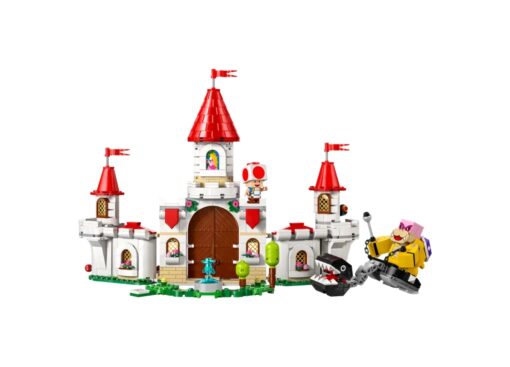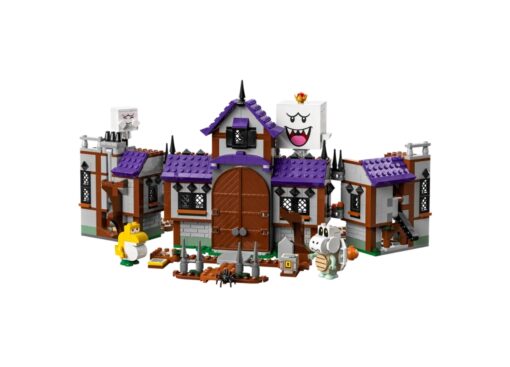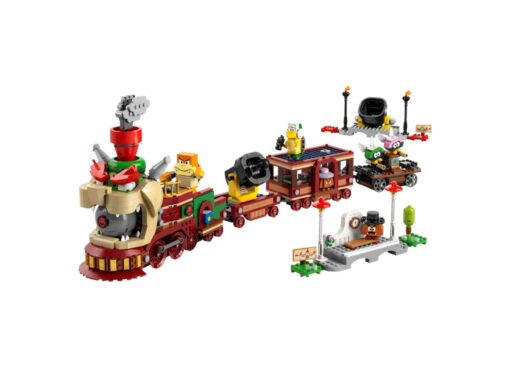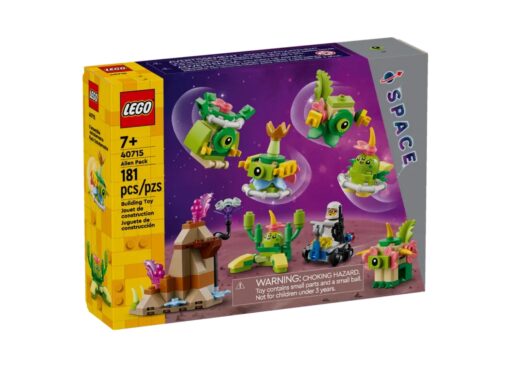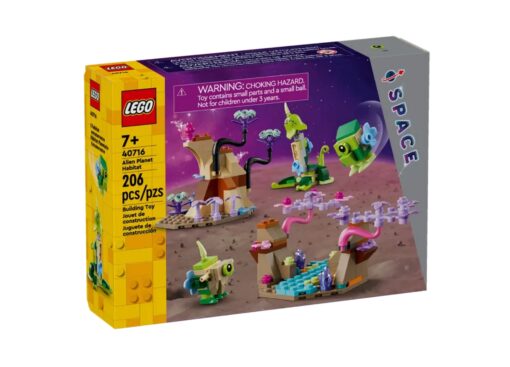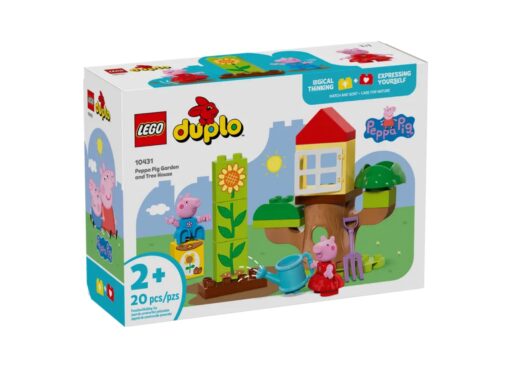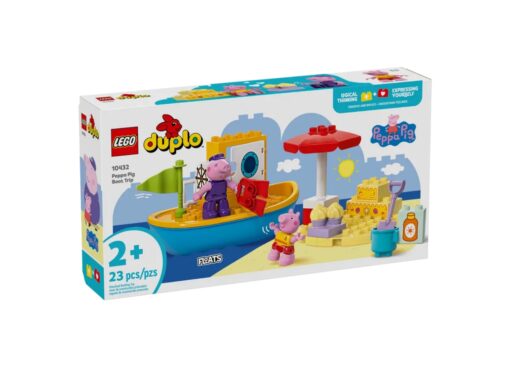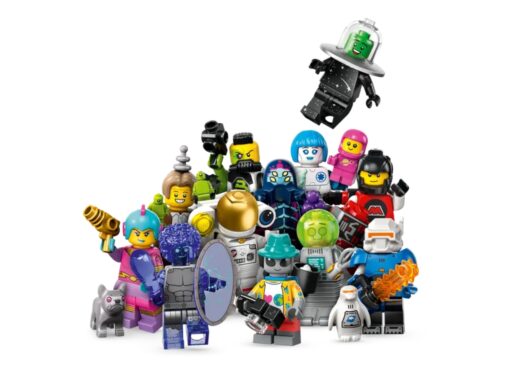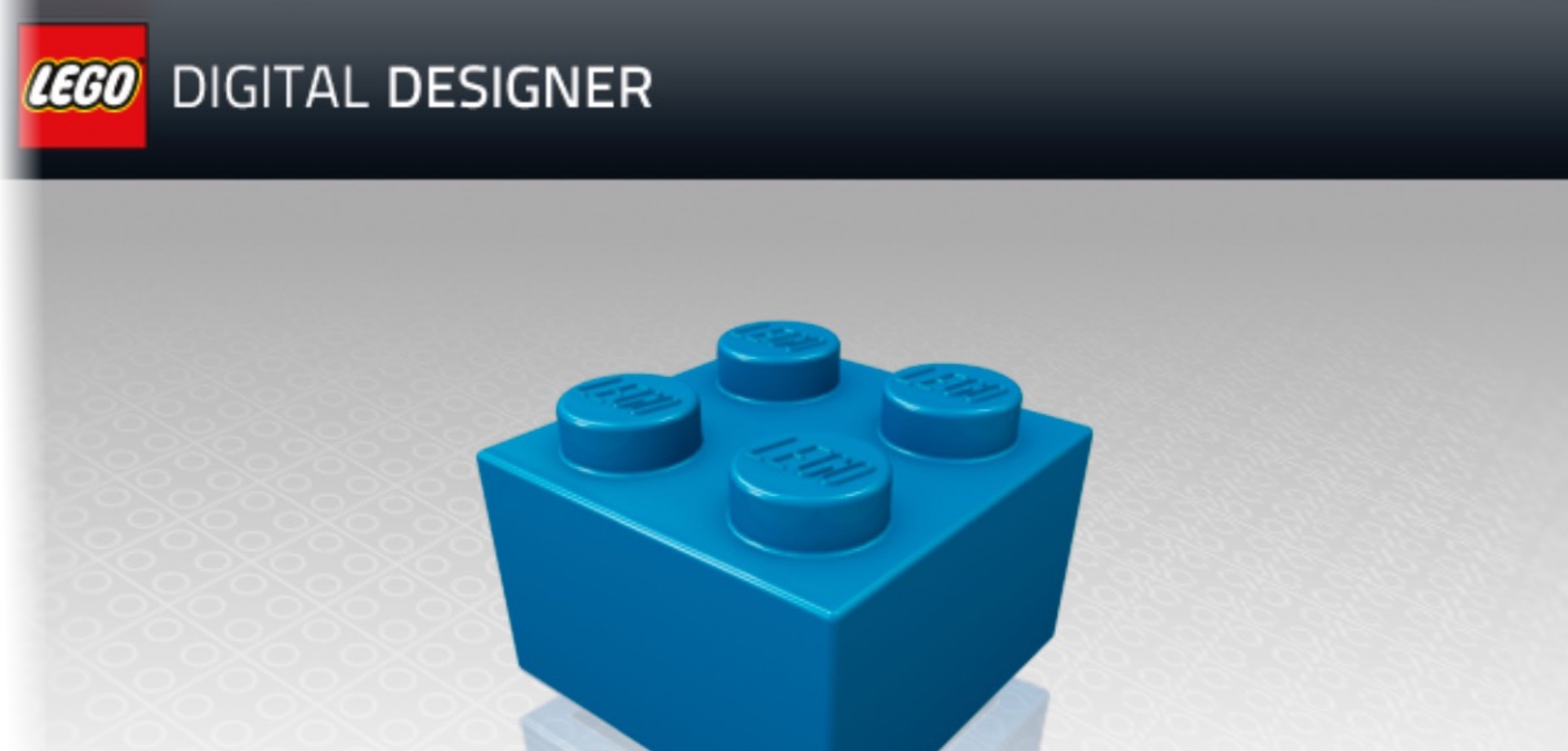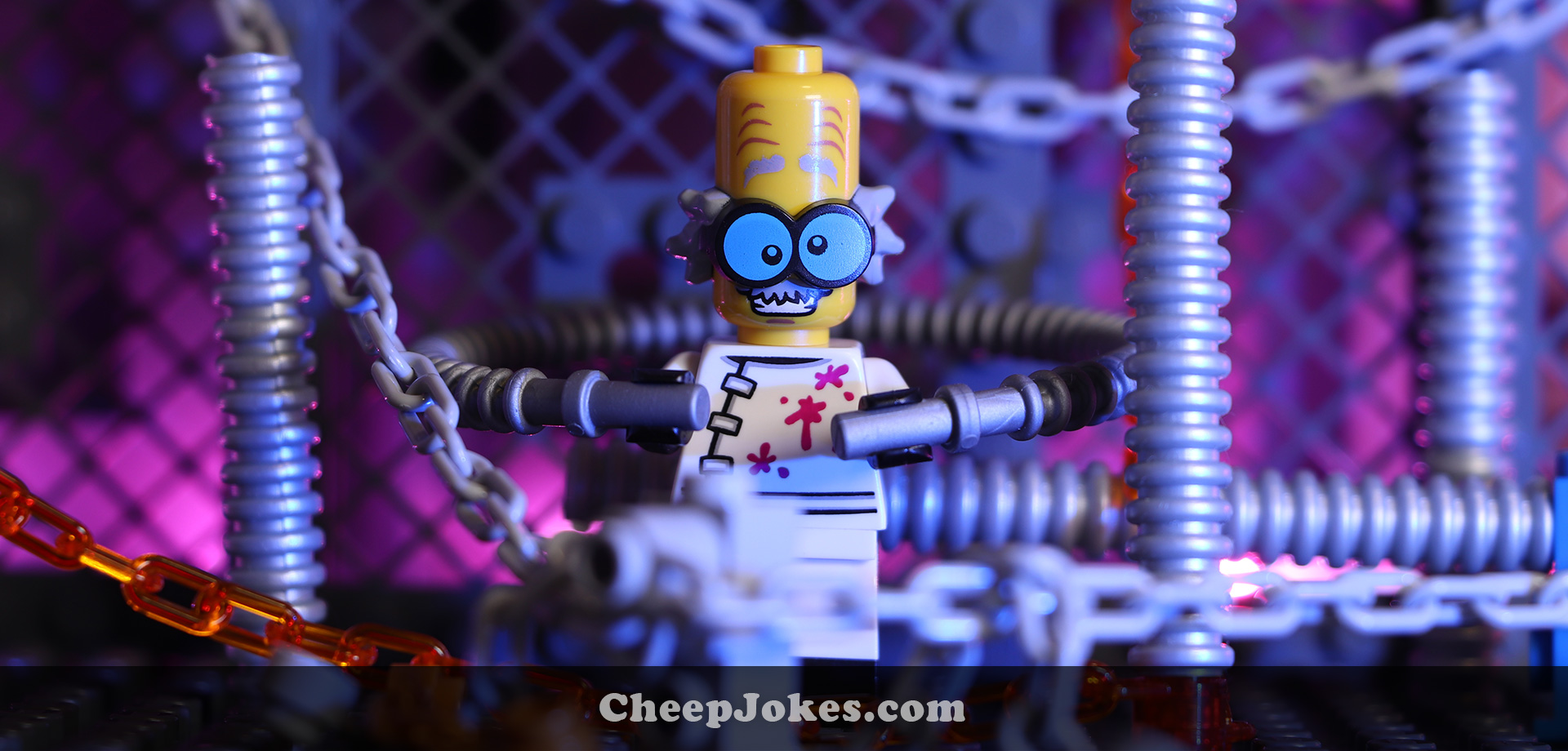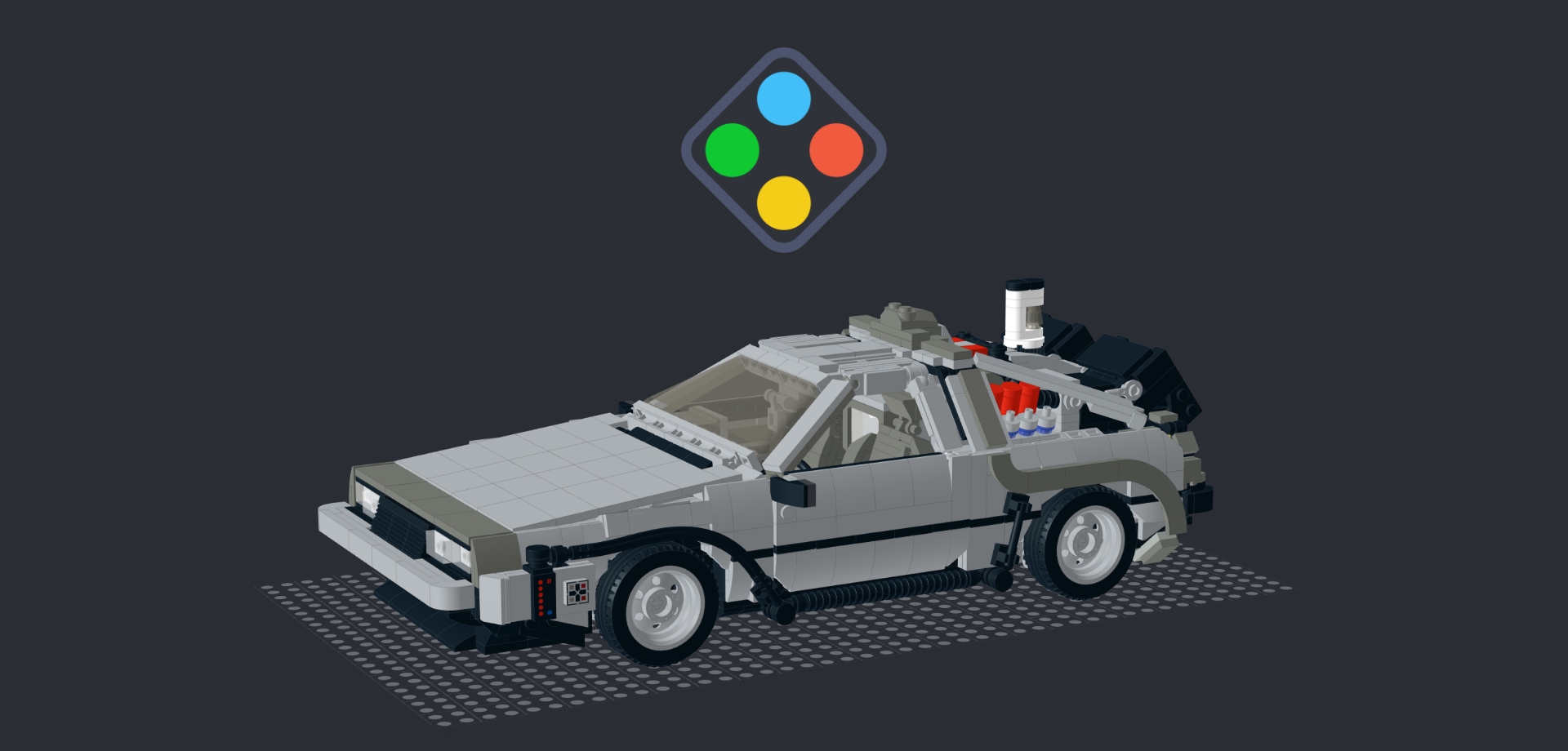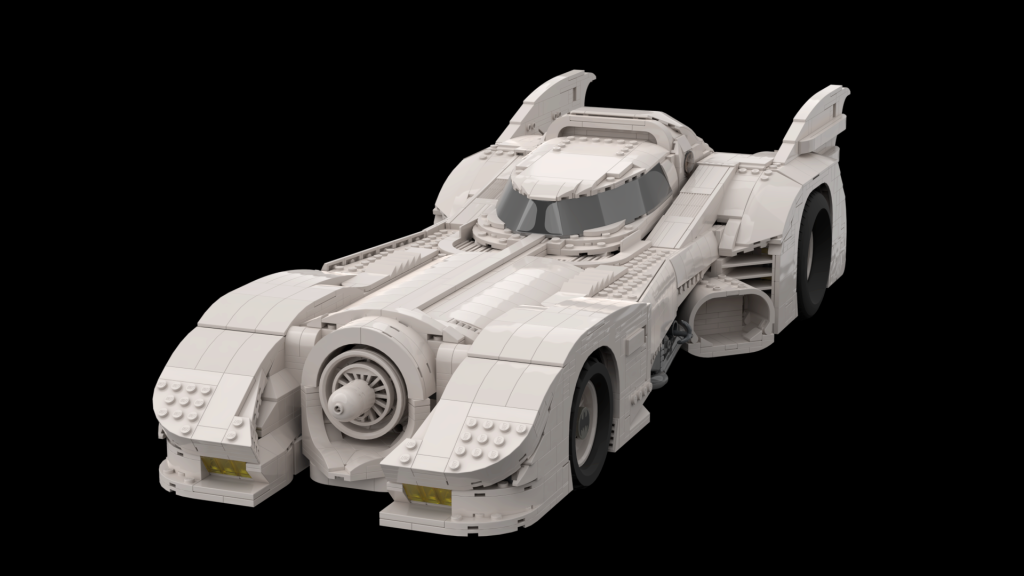
Unlocking the Digital LEGO Universe
Remembering the Days of Bricks
Years ago, I discovered the digital realm of LEGO building software. With a little effort, I got it running, taking me back to the 1990 King’s Mountain Fortress.
A Journey Out of the Dark Ages
For many AFOLs (Adult Fans of LEGO), this digital adventure marked their “coming out of the dark ages” of brick building. My own collection was miles away, making digital LEGO my creative outlet.
Exploring the Digital LEGO World
Let’s delve into the world of digital LEGO building and see how it has evolved over time.
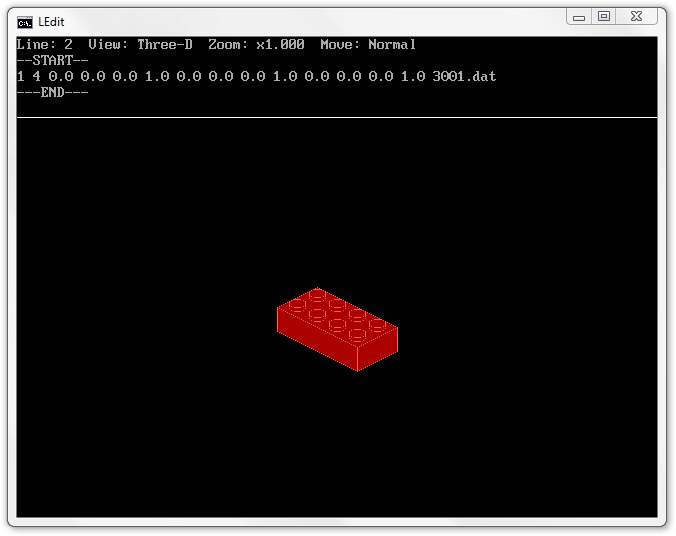
A Digital LEGO Evolution
The Birth of LDraw
Digital LEGO building began in 1995 with James Jessiman’s creation of LDraw and LEdit, introducing a flexible system to create LEGO bricks digitally.
Embracing the Digital Age
LEGO officially embraced digital design in 2006 with Lego Digital Designer (LDD), a key tool for many builders.
BrickLink and Beyond
BrickLink, later known as BrickBay, was like eBay for LEGO bricks, connecting builders globally. In 2017, BrickLink introduced Studio, modernizing digital LEGO building.
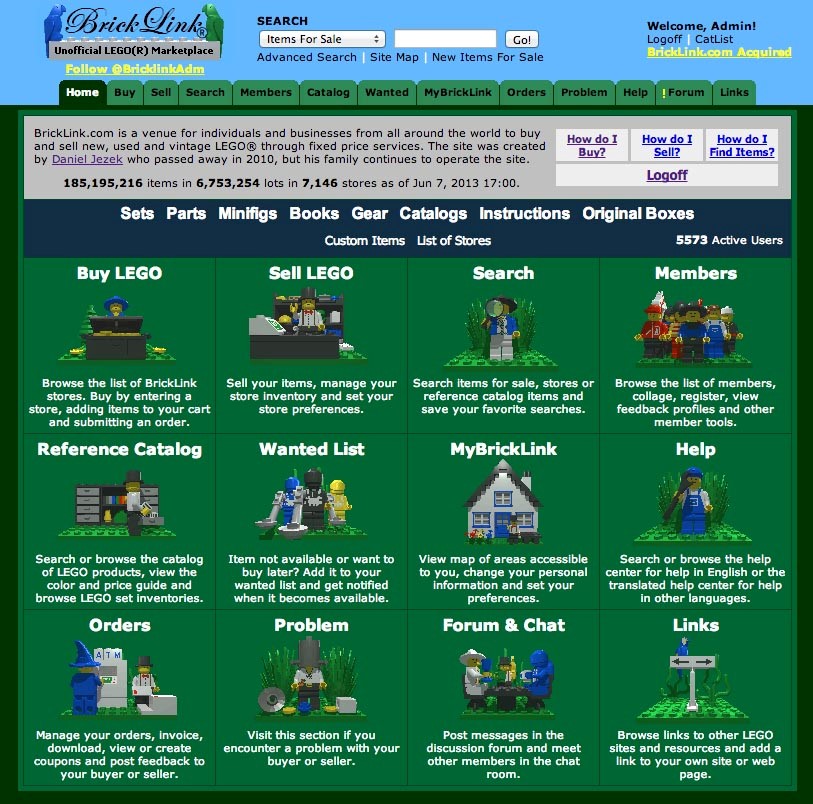
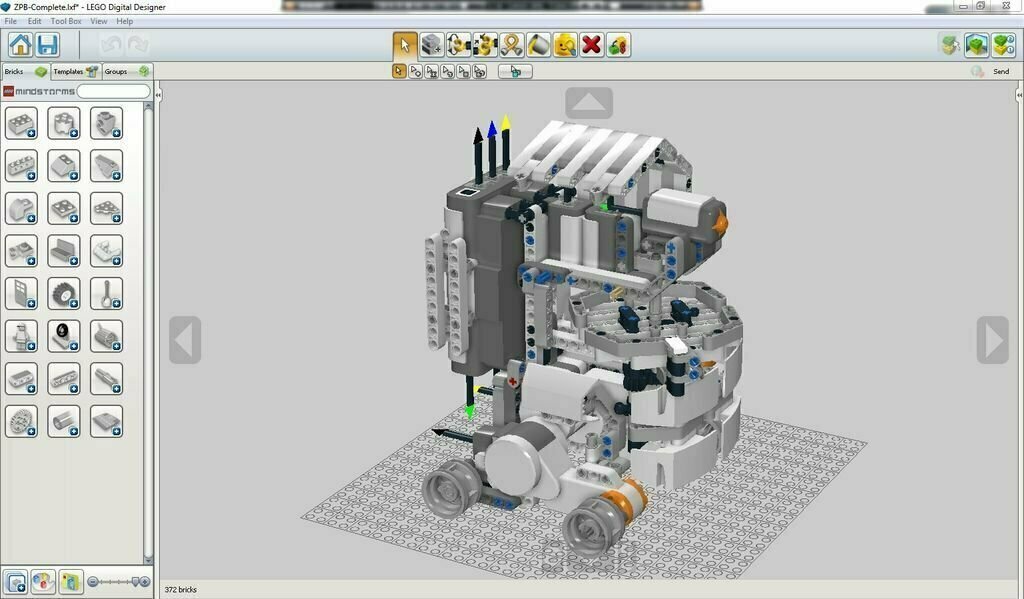
The Digital LEGO Advantage
Flexibility for Designers
Digital LEGO offers designers endless possibilities with color changes and access to an extensive parts library.
Try Before You Buy
Test new LEGO sets virtually by plugging parts into Studio and accessing LEGO’s instructions.
Light It Up
Studio now supports light bricks, allowing builders to see their creations shine.
Challenges of Digital LEGO
A Daunting Start
Digital LEGO can be intimidating for beginners, but tutorials and importing real sets can help.
It’s Not the Real Thing
Mechanical designs, especially Technic pieces, can be tricky in digital form due to a lack of tactile feedback.
Impossible Bricks
Digital programs don’t always consider when LEGO colors were produced or their availability, requiring manual adjustments.
Venturing into the World of 3D Modeling
Beyond Standard Digital LEGO
For large builds and mosaics, tools like Blender, a 3D modeling software, open up new possibilities.
Meet Bricker, Christopher Gearhart’s Bricker converts 3D models into LEGO bricks, offering creative flexibility.
Beyond LEGO’s Walls.
In the wider digital LEGO world, communities of animators, artists, and designers collaborate and create.
Dive into Digital LEGO
The digital LEGO universe offers limitless creativity. Don’t hesitate to explore this exciting realm.
For More, Follow @lego_ranga on Instagram
Download LEGO Digital Designer Here
Thank you for reading
Support BrickBanter.com by shopping for your LEGO® via the affiliate links below.
It’ll cost you nothing but will mean the world to us. 🫶
🇦🇺 Australia – 🇨🇦 Canada – 🇪🇺 Europe – 🇬🇧 United Kingdom – 🇺🇸 United States – 💛 Everyone else
Explore more articles



